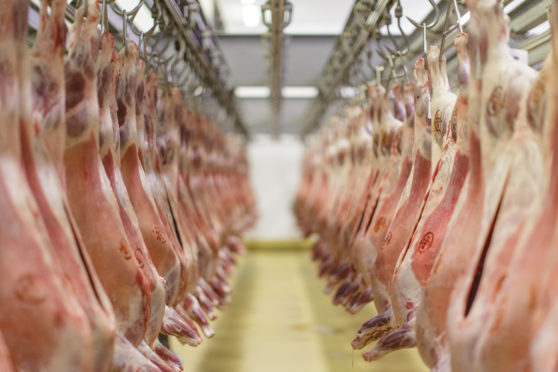The prospect of a ban on live animal exports has been raised by the Government, as it launched a call for evidence from industry and campaigners on the issue.
Ministers said action on live animal exports, with more than 4,000 sheep transported from the UK to continental Europe for slaughter each year, was part of efforts to be a global leader on welfare as Britain quits the EU.
Environment Secretary Michael Gove said “all options” for improving the welfare of livestock during transport were being considered, including a potential ban on live export of animals for slaughter.
The Farm Animal Welfare Committee has also launched a review into the existing welfare standards for animals during transport, while research on the issue is being undertaken by Scotland’s Rural College and the University of Edinburgh.
Mr Gove said: “We have some of the highest animal welfare standards in the world which we are strengthening further by raising maximum sentences for animal cruelty to five years and introducing mandatory CCTV in abattoirs.
“All animals deserve to get the respect and care they deserve at every stage of their lives.
“This call for evidence begins to deliver on our manifesto commitment which aims to control the export of live animals for slaughter once we leave the European Union.
“With all options being considered, I am keen to hear from industry, the devolved authorities and charities on all possible options and evidence on this vital issue.”
British Veterinary Association president John Fishwick said the organisation looked forward to contributing to the call for evidence and seeing the results.
“We believe that production animals should not be transported long distances to the abattoir but should be slaughtered as near to the point of production as possible.
“Animals should be transported on the hook, as meat, not on the hoof, as live animals.
“It is vital that we maintain the UK’s current high standards of animal welfare post-Brexit and seek opportunities to improve them.”
Dr Marc Cooper, head of the RSPCA’s farm animals department, said the charity had been calling for a ban on live animal exports “for decades”
and this was a chance to end the practice for good.
“It’s unacceptable and completely unnecessary that live animals are exported and transported over long distances for slaughter or further fattening.
“We would like to see live exports from the UK banned and a maximum journey time of eight hours introduced,” he said.







